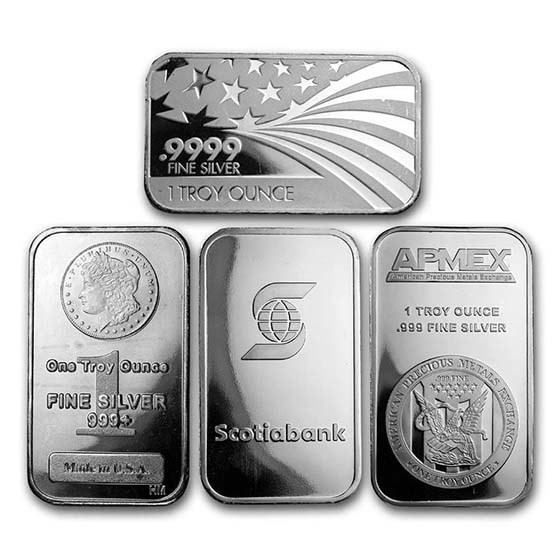
I. Introduction
Silver bars have been a prized investment for centuries, valued for their tangible nature, historical significance, and potential for long-term appreciation. In today’s uncertain economic climate, silver bars continue to attract investors seeking diversification, protection against inflation, and a hedge against market volatility.
A. Definition of Silver Bars
Silver bars are rectangular blocks of pure silver, typically weighing one troy ounce (31.1 grams) or multiples thereof. They are produced by refineries and mints, and are often stamped with hallmarks indicating their purity and origin. Silver bars serve as a convenient and standardized form of silver investment, offering a direct exposure to the metal’s price movements.
B. Brief History of Silver Bars
The use of silver bars as a form of currency and investment dates back to ancient civilizations. Silver’s malleability and durability made it a practical medium of exchange, and its scarcity and perceived value contributed to its status as a store of wealth. Throughout history, silver bars have played a significant role in trade, finance, and monetary systems.
C. Significance of Silver Bars as an Investment
Silver bars hold several key advantages as an investment:
-
Tangible Asset: Unlike stocks or bonds, silver bars represent a physical asset that investors can hold and own directly. This tangible nature provides a sense of security and ownership that can be appealing in times of economic uncertainty.
-
Store of Value: Silver has historically been considered a store of value, retaining its purchasing power over time. It has often served as a hedge against inflation, as its price tends to rise when the purchasing power of fiat currencies declines.
-
Portfolio Diversification: Silver bars can add diversification to an investment portfolio, providing exposure to an asset class that is often uncorrelated with stocks and bonds. This diversification can help mitigate overall portfolio risk.
-
Industrial Demand: Silver has a wide range of industrial applications, including electronics, jewelry, and medical devices. This ongoing industrial demand provides a fundamental support for silver’s price.
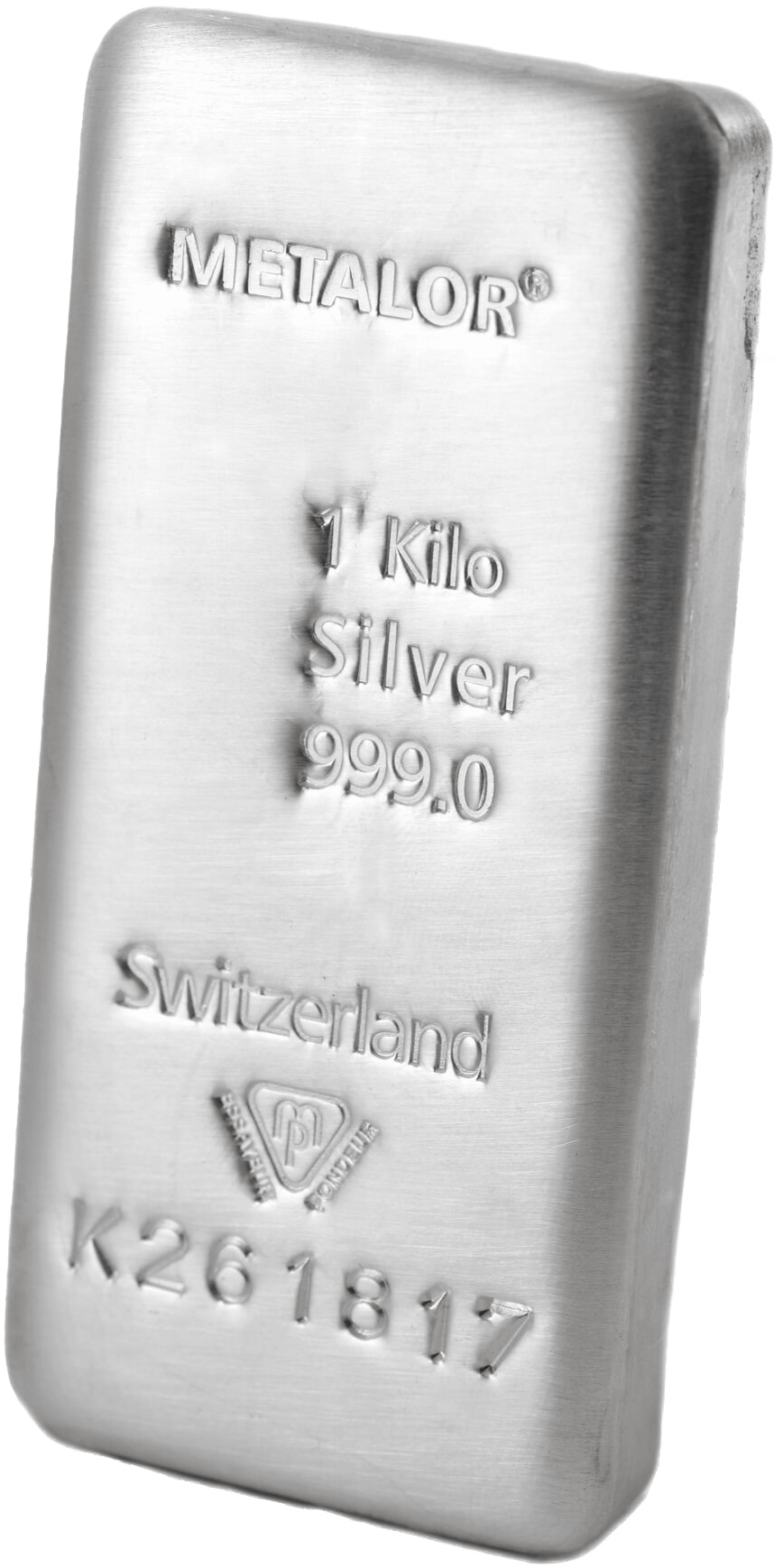
II. Understanding the Benefits of Silver Bars
Silver bars offer several distinct benefits to investors:
-
Tangible Asset and Store of Value: Silver bars represent a tangible asset that investors can hold and own directly, providing a sense of security and ownership. They have historically served as a store of value, retaining purchasing power over time and acting as a hedge against inflation.
-
Portfolio Diversification and Hedging Against Inflation: Silver bars can diversify investment portfolios, offering exposure to an asset class often uncorrelated with stocks and bonds. This diversification can help mitigate overall portfolio risk. Additionally, silver’s price tends to rise when the purchasing power of fiat currencies declines, making it a potential hedge against inflation.
-
Industrial Demand and Potential for Price Appreciation: Silver has a wide range of industrial applications, including electronics, jewelry, and medical devices. This ongoing industrial demand provides a fundamental support for silver’s price. Additionally, silver’s historical price movements have demonstrated potential for long-term appreciation.
-
Relative Affordability Compared to Gold: Silver bars are generally more affordable than gold bars of comparable weight, making them accessible to a wider range of investors. This affordability can be particularly attractive for those seeking to establish a position in precious metals.
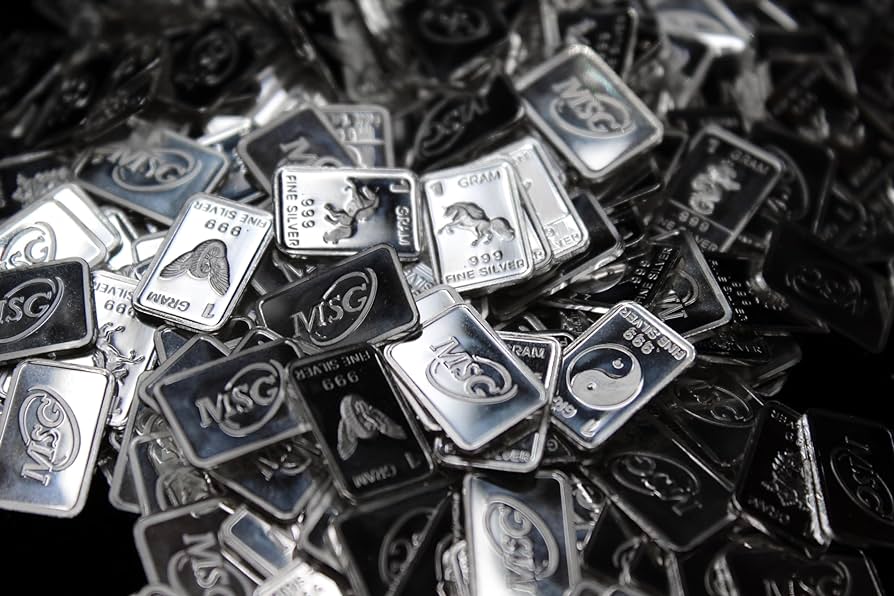
III. Factors to Consider Before Investing in Silver Bars
Before investing in silver bars, it is crucial to carefully consider several factors:
-
Purity and Assay Certification: Ensure the silver bars are of high purity, typically 99.9% or higher. Look for assay certifications from reputable assayers or mints to verify the purity.
-
Storage and Security Measures: Consider secure storage options for your silver bars, such as a home safe or a bank vault. Protect against theft, loss, and damage to safeguard your investment.
-
Liquidity and Trading Options: Understand the liquidity of silver bars and the available trading options. Research reputable dealers and bullion brokers to facilitate buying and selling transactions.
-
Market Volatility and Price Fluctuations: Be aware of the inherent volatility of silver prices. Market fluctuations can lead to both gains and losses, requiring a long-term investment horizon and risk tolerance.
-
Professional Advice and Due Diligence: Consult with financial advisors or experienced investors to gain insights and guidance. Conduct thorough due diligence on investment opportunities and market conditions.
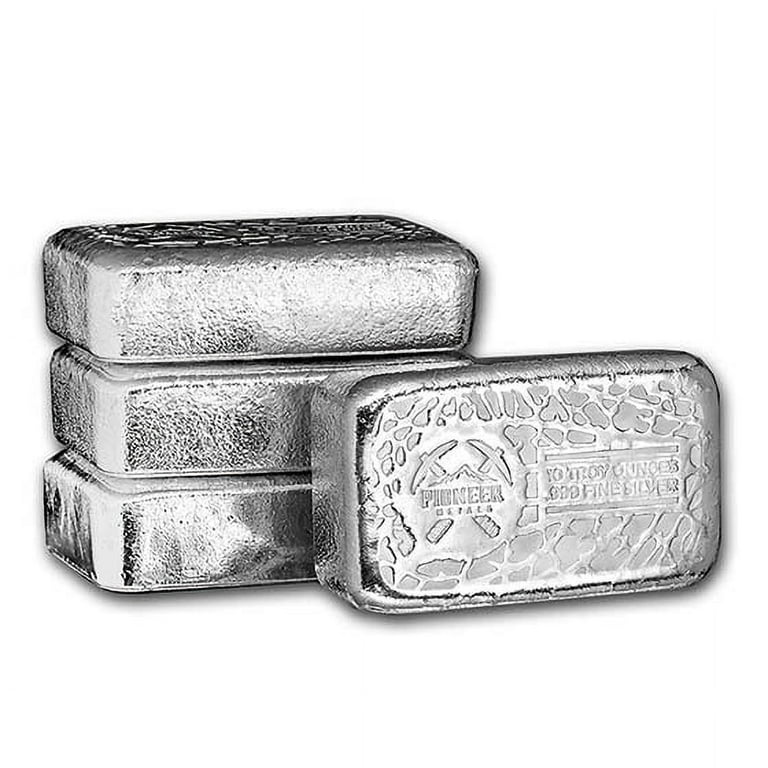
IV. Choosing the Right Silver Bars for Investment
When selecting silver bars for investment, consider the following aspects:
-
Popular Sizes and Weights: Common silver bar sizes include one troy ounce (31.1 grams), five troy ounces (155.5 grams), and ten troy ounces (311 grams). Choose sizes that align with your investment goals and budget.
-
-
Hallmarks and Authentication Features: Look for hallmarks and authentication features on the silver bars, which indicate their purity, weight, and origin. Reputable mints often include logos or identifying marks for added security.
-
Packaging and Presentation for Storage and Resale: Consider the packaging and presentation of the silver bars, as it can affect both storage and resale value. Sealed and tamper-evident packaging can help protect the bars from damage and ensure their authenticity.
V. Strategies for Investing in Silver Bars
Developing a sound investment strategy is key to maximizing the potential of your silver bar investment:
-
Dollar-Cost Averaging and Regular Purchases: Implement a dollar-cost averaging strategy by making regular purchases of silver bars over time. This approach helps average out the purchase price and potentially mitigate the impact of market volatility.
-
Lump-Sum Investment Based on Market Conditions: Consider a lump-sum investment if market conditions appear favorable. However, this approach carries higher risk and requires careful analysis of market trends.
-
Long-Term Holding Strategy for Capital Appreciation: Silver bars are best suited for a long-term investment horizon. Patience and a long-term holding strategy are crucial to potentially benefit from price appreciation over time.
-
Diversification Across Different Types of Silver Bars: Consider diversifying your investment by purchasing silver bars from different refineries or mints. This approach can help mitigate potential risks associated with a single source.
-
Monitoring Market Trends and Expert Advice: Stay informed about market trends and expert advice related to silver investment. Monitor silver prices, economic indicators, and industry news to make informed investment decisions.
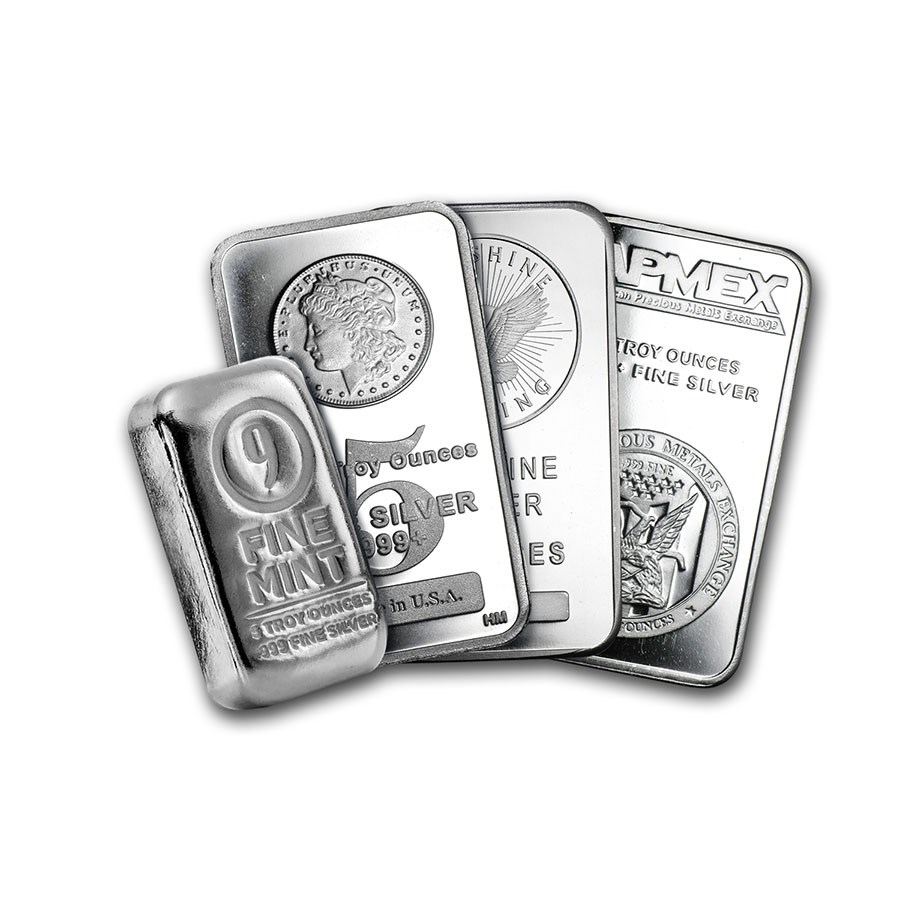
VI. Storing and Securing Your Silver Bar Investment
Safeguarding your silver bar investment is essential:
-
Home Safes and Secure Storage Options: Invest in a secure storage solution for your silver bars, such as a high-quality home safe. Ensure the safe is fireproof and waterproof to protect against potential damage.
-
Bank Vaults and Professional Depository Services: Consider utilizing bank vaults or professional depository services for larger holdings. These services offer high-level security and insurance coverage for an additional fee.
-
Insurance Coverage for Protection Against Loss or Damage: Secure appropriate insurance coverage for your silver bars to protect against loss, theft, or damage.
-
Proper Handling and Care to Prevent Damage or Devaluation: Handle your silver bars with care to avoid scratches, dents, or other forms of damage. Wear gloves when handling to minimize fingerprints and potential tarnishing.
-
Documentation and Record-Keeping for Ownership and Value: Maintain clear documentation of your silver bar purchases, including receipts, certificates, and photographs. This will simplify tracking ownership, value, and insurance claims.
VII. Selling and Liquidating Your Silver Bar Investment
When considering liquidation, choose a reputable and secure method:
-
Reputable Dealers and Bullion Brokers: Sell your silver bars through reputable dealers and bullion brokers with a proven track record of fair pricing and ethical business practices.
-
Online Marketplaces and Auction Platforms: Online marketplaces and auction platforms can provide additional avenues for selling silver bars. However, thoroughly research these platforms and ensure buyer security before engaging in online transactions.
-
Direct Sales to Individuals or Institutions: Direct sales to other investors or institutions can be an option, but ensure proper legal documentation and secure transaction procedures.
-
Factors Influencing Selling Price and Market Conditions: The selling price of your silver bars will be influenced by the current market price, bar condition, and overall market demand. Research market conditions to optimize your selling opportunity.
-
Tax Implications and Capital Gains Calculations: Understand the tax implications associated with selling your silver bars. Depending on your holding period and location, capital gains taxes may apply. Consult with a tax advisor for specific guidance.
VIII. Risks and Considerations Associated with Silver Bar Investment
Investing in silver bars is not without risks:
-
Market Volatility and Price Fluctuations: Silver prices can fluctuate significantly based on market sentiment, economic factors, and global events. Be prepared for potential price swings and invest with a long-term perspective.
-
Counterparty Risk and Potential Scams: Always verify the reputation and legitimacy of dealers or platforms before engaging in any silver bar transactions. Mitigate counterparty risk by dealing with established and reputable firms.
-
Storage and Security Concerns: Ensure proper storage and security measures are in place to safeguard your silver bar investment from theft, loss, or damage.
-
Liquidity and Transaction Costs: Silver bars are generally less liquid than certain other investments, such as stocks or ETFs. Be prepared for potential delays and transaction costs when buying or selling silver bars.
-
Professional Advice and Risk Management Strategies: Consult with a financial advisor to develop a risk management strategy tailored to your investment goals and risk tolerance.
-